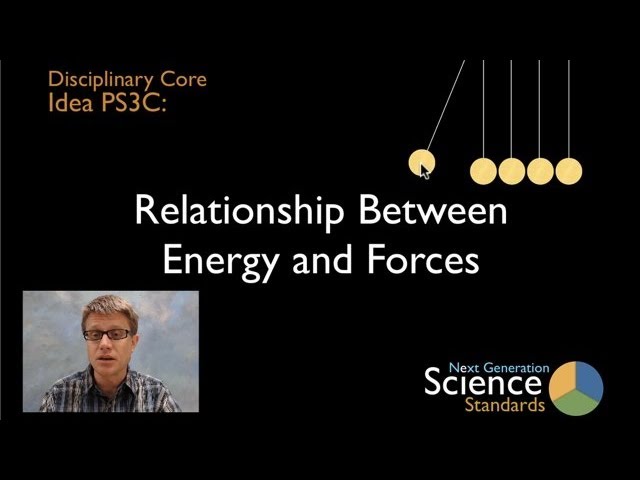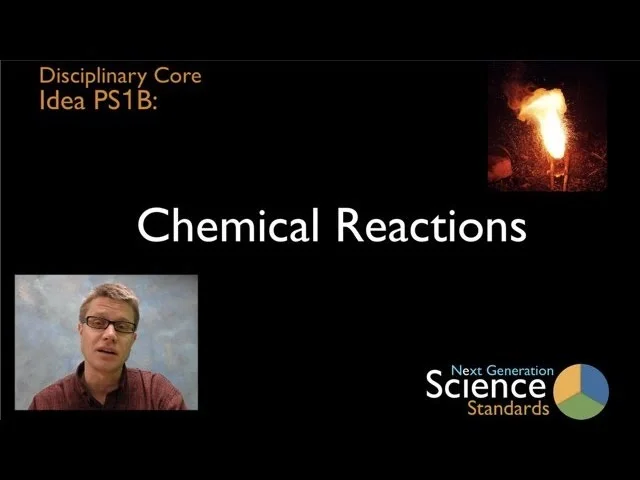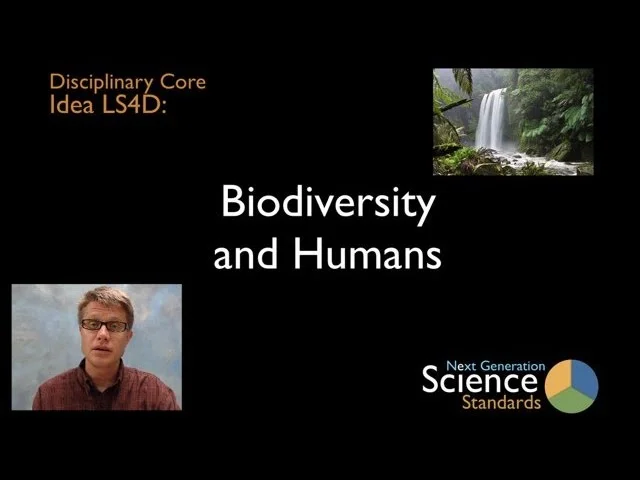ETS2A - Interdependence of Science, Engineering and Technology
In this video Paul Andersen explains how science is dependent upon engineering which is dependent upon science which is dependent up engineering which is dependent upon science which is dependent up engineering which is dependent upon science which is dependent up engineering. . . A K-12 teaching progression is also included.
ETS2B - Influence of Science, Engineering and Technology on Society and the Natural World
In this video Paul Andersen explains how society influences the natural world through increasing science, engineering and technology. As the world population increases it will require more natural resources and it will impact the global conditions. Society can control some of these changes through regulations. A K-12 teaching progression is also included.
ETS1.C: Optimizing the Design Solution
In this video Paul Andersen explains how engineers optimize the design solution. After a number of solutions have been identified engineers will test each of them against a given set of criteria. They will trade-off different phenomenon to arrive at a best solution. An example of this trade-off process was used in the creation of the Apollo 11 lunar module. A K-12 teaching progression is also included.
ETS1.A: Defining Engineering Problems
In this video Paul Andersen explains the first step in the design process, defining and delimiting the engineering problem. Design requires a clear definition of the problem and this is done by addressing both the constraints and criteria of each solution. This will become increasingly important as future problems require complex solutions. A K-12 teaching progression is also included.
PS4.C: Information Technologies and Instrumentation
In this video Paul Andersen explains how humans use information technology and instrumentation to better understand their surrounds. Technologies (including X-rays, computers, and phones) use electromagnetic waves to improve the lives of humans. A teaching progression K-12 is also included.
PS4.B: Electromagnetic Radiation
In this video Paul Andersen describes some of the properties of electromagnetic radiation. The electromagnetic spectrum varies by wavelength from radio waves to gamma rays. We only see a portion of the spectrum known as visible light. A number of phenomenon (including refraction, emission spectrums, and gamma radiation) are discussed. A teaching progression K-12 is also included.
PS4.A: Wave Properties
In this video Paul Andersen describes some of the properties of waves. He starts be identifying particles and waves as the only phenomenon that can transfer energy from place to place. He identifies the defining characteristics of waves; wavelength, frequency and amplitude. He defines sound as the movement of compressional waves through air and resonance as waves interfering both constructively and destructively. A teaching progression K-12 is also included.
PS3.D: Energy in Chemical Processes and Everyday Life
In this video Paul Andersen explains how energy is used in chemical processes and everyday life. Students should understand that energy is neither created or destroyed but is converted. Most of the energy is delivered to our planet from the sun and is harvested through the process of photosynthesis. A K-12 teaching progression is also included.
PS3.C: Relationship Between Energy and Forces
In this video Paul Andersen describes the relationship between energy and forces. When objects are directly touching electromagnetic forces can result in forces and energy exchange. When objects are not directly touching fields; gravitational, magnetic, and electric result in forces and energy and exchange. A teaching progression K-12 is also included.
PS3.B: Conservation of Energy and Energy Transfer
Paul Andersen explains how energy is conserved within a system. In both macroscopic and microscopic collisions the amount of energy before the collision is equal to the amount after. He then defines heat as energy transfer between objects with different temperatures. He explains how heat is transferred via conduction, convection and radiation. A teaching progression K-12 is also included.
PS3.A: Definitions of Energy
In this video Paul Andersen attempts to explain the age old questions - What is Energy? Even though it comes in many forms one of the defining characteristics of energy is that it is conserved over time. He then explains that all energy is either a function of motion, due to its position within a field or radiation. A teaching progression K-12 is also included.
PS2.B: Types of Interactions
Paul Andersen explains how objects interact when touching and at a distance. Electromagnetic forces are very important when objects are touching and fields explain both electromagnetic and gravitational forces. The strong and weak nuclear forces can result in radioactive decay. A brief description of Newton's Law of Universal Gravitation and Coulomb's Law are includes. A teaching progression from grades K-12 is also included.
PS2.A: Forces and Motion
Paul Andersen introduces forces, motion, and Newton's three laws in this video. He begins by describing forces as pushes or pulls on objects that produce motion. A lack of motion results from a balanced set of forces. A teaching progression K-12 is also included.
PS1.C: Nuclear Processes
Paul Andersen explains three major nuclear processes; fusion, fission, and decay. He begins with a brief discussion of the four fundamental forces in nature. He the explains how nuclei can be combined in fusion, divided through fission, and changed through radioactive decay. A discussion of the teaching progression K-12 is also included.
PS1.B: Chemical Reactions
In this video Paul Andersen explains how chemical reactions progress as bonds are broken and reformed reformed. He explains the difference between changes in state and changes in molecules. He discussed collision theory and explains why increases in temperature and concentration can increase reaction rates. He also discusses the conservation of matter in chemical reactions. The video also contains a teaching progression for chemical reactions from grades K-12.
PS1.A: Structure and Properties of Matter
In the first physical science video for the Next Generation Science Standards Paul Andersen explains the structure and properties of matter. He starts by explaining how all matter is made of about 100 smaller particles called matter. He explains a teaching progression for introducing the topic of matter K-12. This begins with a brief introduction to substances that can be scientifically observed at many levels. This eventually builds through molecules and pure substances to the subatomic structure of atoms and the importance of binding energy.
LS4.D: Biodiversity and Humans
In this video Paul Andersen defines biodiversity and explains the impacts humans are having on the planet's biodiversity. Humans are impacting the variety of life on our planet through habitat destruction, invasive species, pollution, overpopulation, overexploitation and climate change. A K-12 teaching progression is also included.
LS4.C: Adaptation
In this video Paul Andersen defines adaptations and explains how organisms can become better adapted to their surroundings using the process of natural selection. Specific examples of adaptations, like coat color in rock pocket mice, as well as a K-12 teaching progression is included.
LS4.B: Natural Selection
In this video Paul Andersen defines natural selection as differential reproductive success. He then explains how natural selection shapes organisms on our planet through variation and selection. A K-12 teaching progression is also included.




















